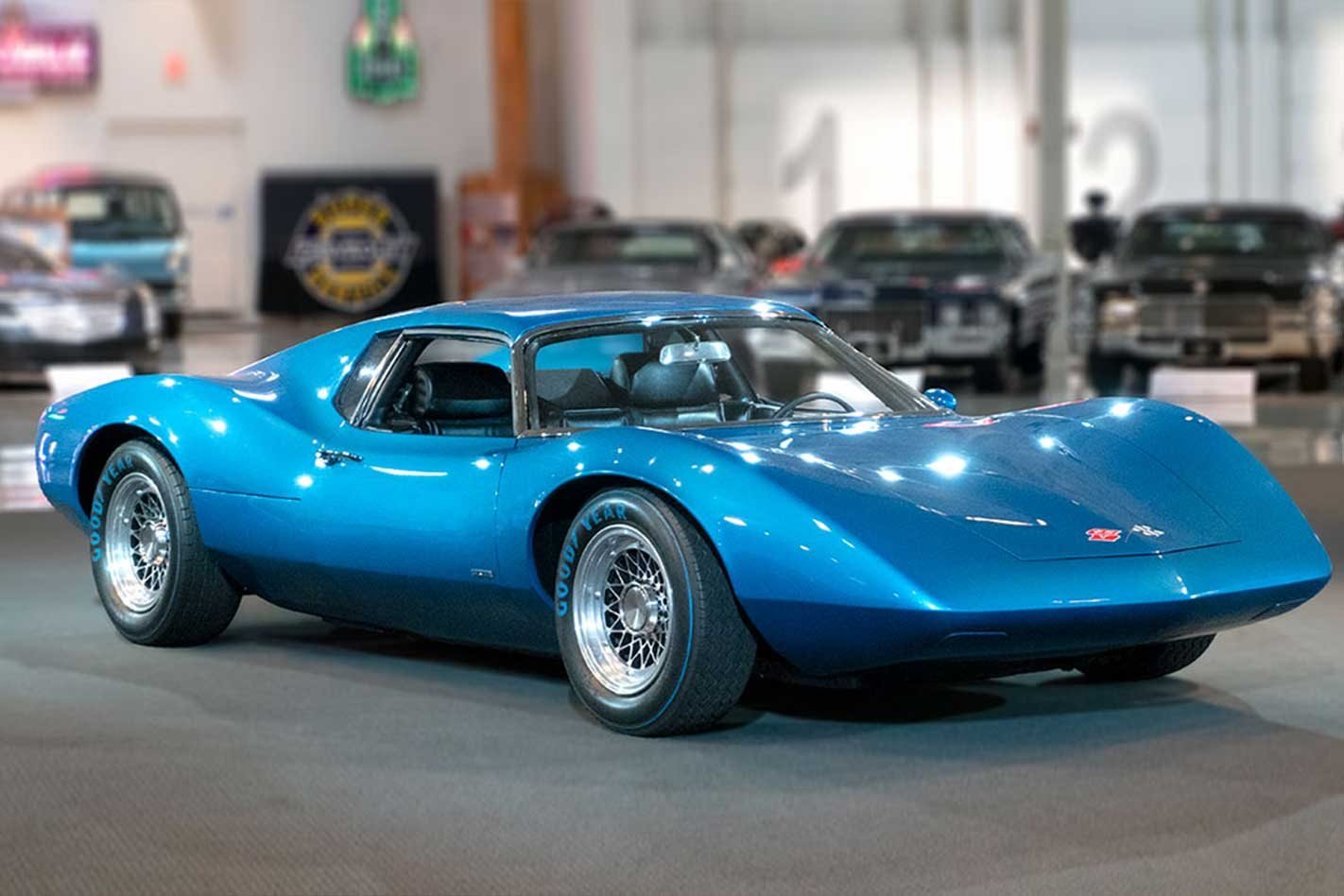With the imminent arrival of the new Chevrolet Corvette, of which the C8 generation is to be mid-engined, we look at some of Chevrolet’s (and GM’s) concepts and designs that were gently nudging the ‘Vette towards its new layout.
As early as halfway through last century, before the Corvette had entered its second generation, the cogs were already turning.
1964 CERV II
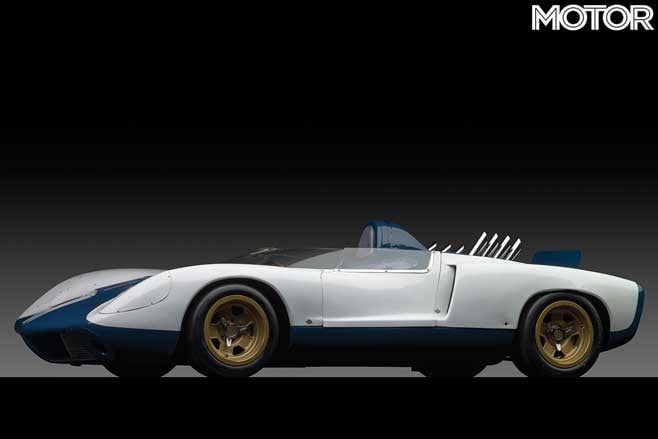
Zora Arkus-Duntov, ‘Father of the Corvette’, was an engineer who is credited with much of the Corvette’s success despite not being the one who originally designed it.
The CERV II (Chevrolet Engineering Research Vehicle… two) was his test bed and using it he played around with torque-vectoring all-wheel drive.
But more importantly, it had a V8 mounted between the driver and the rear-axle. Rumours of a mid-engine Corvette began to circulate, with Ford’s GT40 having so successfully used the recipe soon after the CERV II was built.
1968 Astro II
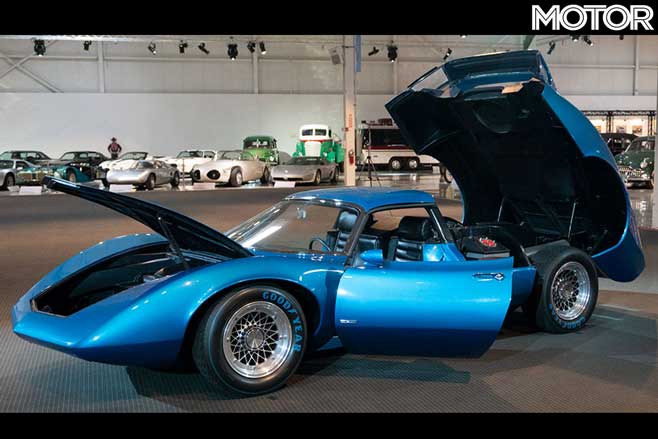
Furthering the rumours of a mid-engine ‘Vette was the second Astro concept, not to be confused with Chevrolet’s later van of the same name.
The Astro II actually looked like a road car, and did in fact the C3 generation eventually morphed to look quite a bit like it, but its engine layout remained a concept.
1969 Holden Hurricane
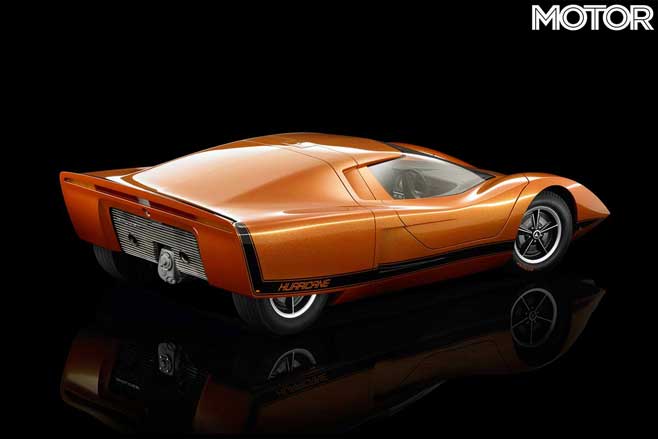
It’s possibly a little cheeky to include the Hurricane here, but it’s further evidence the GM as a whole wasn’t averse to trying a mid-engined car on for size.
Holden’s ‘spaceship-like’ concept was looking way ahead into the future and was using the same layout as supercars of its time – a mid-engine, transaxle gearbox setup.
Sure, it’s not wearing a set of flags on its badge like a Corvette would, but within the walls of GM the world over, mid-engined cars were on the mind.
Chevrolet XP-882
In the early 1970s, the idea of the mid-engined Corvette gained traction rather seriously, with several concepts and variations of each surfacing with different engines.
The XP-882 is one of these, with a mid-mounted V8 and a 1315kg kerb weight. In fact, it was the amount of detail (such as the kerb weight) released about the 882 that led US magazine Road & Track to claim the concept was guaranteed to become the next (1973) Corvette.
R&T obviously missed the mark, but the mid-engined concepts kept coming.
Chevrolet XP-895/ 1972 Reynolds Aluminium Corvette
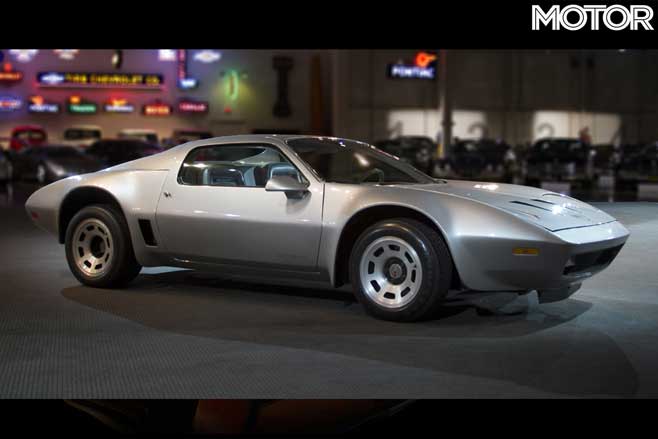
According to the GM Heritage Centre, there were actually two versions of XP-895 built, but the Reynolds Aluminium car is the more widely known of the pair.
“Two complete XP-895s were built, one with a steel body, and this one made of aluminium.
“The use of aluminium was intended to demonstrate the practicality of using this lightweight metal for car bodies.”
The other 895 was fitted with two twin-rotor engines which worked together as one four-rotor. That car later had its rotors replaced with a V8, but we’ll get to that later.
1973 XP-897 GT
The rise of the rotary as an alternative to traditional inline and vee engines had taken hold among GM engineers, and another twin-rotor car was created. This one was stylistically different, built on a Porsche 914 (with a shortened chassis) and therefore smaller than a normal Corvette.
It was shelved when GM abandoned its rotary experimentation during the oil crisis.
1973 Aerovette
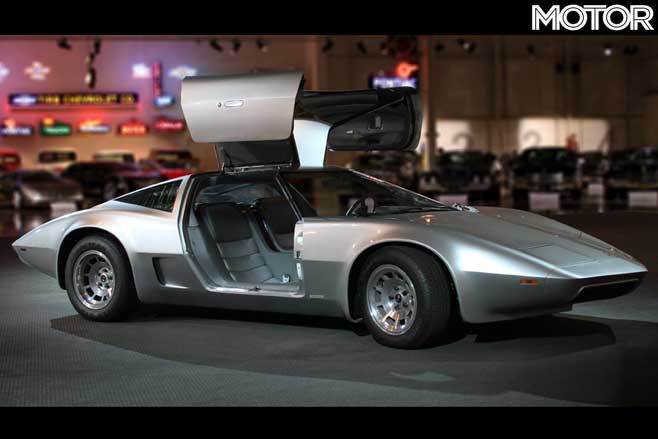
The Aerovette was born of the twin to the Reynolds Aluminium Corvette, the steel-bodied XP-895, though without the two twin-rotor engines.
Though it kept the almond shape, bi-fold gullwing doors and a clear large rear window over the engine compartment to show off the powertrain it held when known as the ‘Four-Rotor’, it housed a small-block V8 by the time it was called the Aerovette.
The GM Heritage Centre still possesses this car.
1986 Corvette Indy Concept
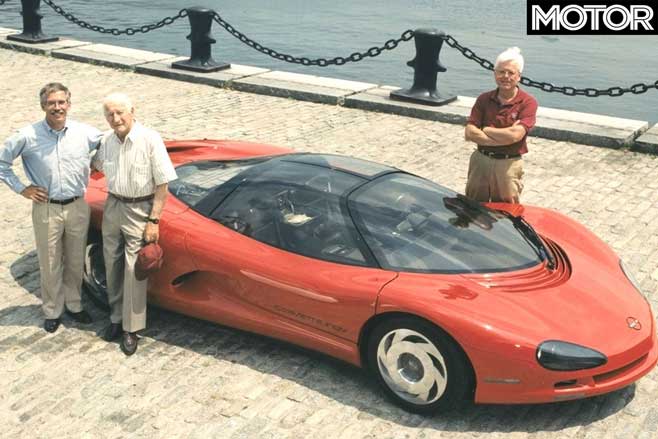
At this point in time, GM owned Lotus. Lotus had a relatively successful F1 team. A guy called Ayrton Senna was even driving for them.
So, Chevrolet wanted to play around with Lotus chassis and suspension expertise, and to do this created the Indy Concept, named as such for its Indy V8 engine. Mid-mounted, of course.
The car even had all-wheel steering, anti-lock brakes, and parts made from exotic lightweight materials like Kevlar and carbon.
1990 CERVIII
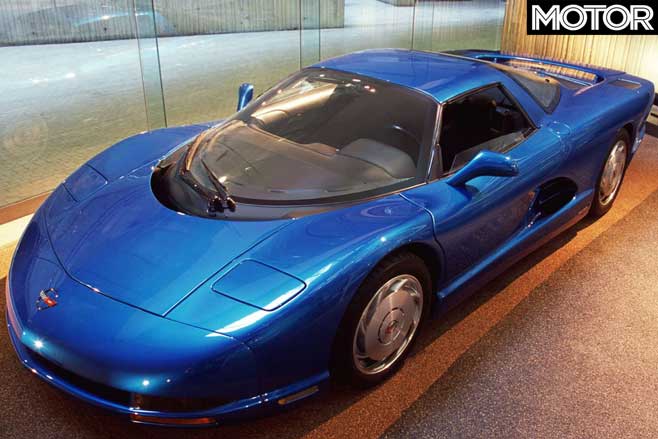
A more production-ready version of the Indy Concept, CERV III brought in some styling which would go on to be part of the C5 generation Corvette, and now housed a 5.7-litre twin-turbo V8, tuned by Lotus to make 485kW.
According to a report from Car and Driver, for which the US outlet spoke to GM president Mark Reuss, the car was a tester to find out if a production version was viable.
“We spent a lot of money trying to get it done, but it was too unwieldy, too heavy, too expensive, and not quick enough,” former Holden boss Reuss said.
“It was a great test bed, but we could never quite get there on the dynamics.”
2002 Cadillac Cien

Another of GM’s non-Chevrolet concepts that add more clout to the company’s interest in mid-engined cars is this 559kW V12 Caddy.
The Cien was revealed at the 2002 Detroit Motor Show to celebrate the brand’s 100th anniversary, with a design reportedly inspired by the F-22 Raptor fighter jet.


